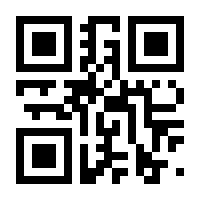
×
![Buchcover ISBN 9783642803840]()
The imaging potential of the MR experiment continues to evolve. In recent years, an increasing number of fast and ultrafast imaging strategies has been described. In this evolu tion the definition of the terms fast and ultrafast has been blurred. Hence they are frequently used interchangeably. The evolution of these methods has been based on two related, yet separate developments: an increasingly thorough understand ing of the complexities inherent to pulse sequence design and the increasing availability of stronger and faster gradient sys tems. The combination of these two factors has laid the foun dation for vast reductions of MRI data acquisition times. Min utes have been replaced by seconds. Beyond shortening MR examination times and thereby increasing patient throughput, a most significant consequence has been the ability to acquire complex MR image sets within the time confines of a single breath-hold. The constraints placed by the presence of respi ratory motion have thus been effectively eliminated. Ultrafast breath-held data acquisition strategies already represent the backbone of many abdominal, thoracic and even pelvic imaging protocols. The enhanced image quality permits full exploitation of the unsurpassed soft tissue contrast inherent to the MR experiment. Beyond improving the quality of ex isting applications, the implementation of ultrafast imaging techniques has permitted the exploration of new imaging in dications, particularly in the area of perfusion and diffusion as well as ultrafast 3D imaging.



